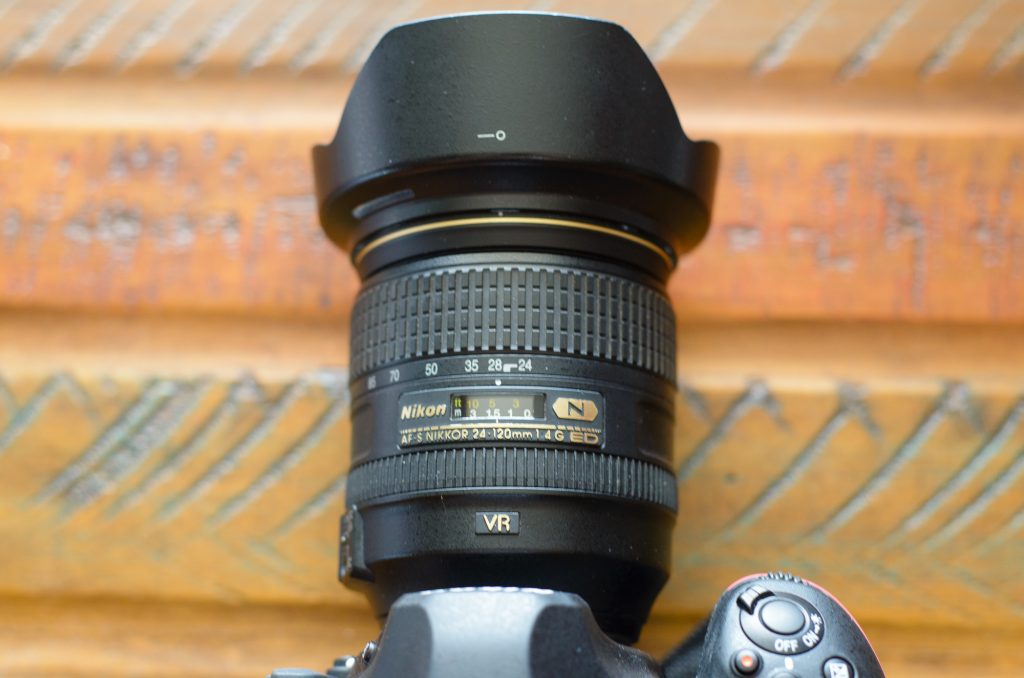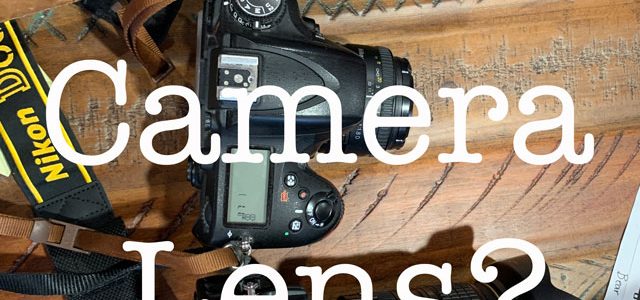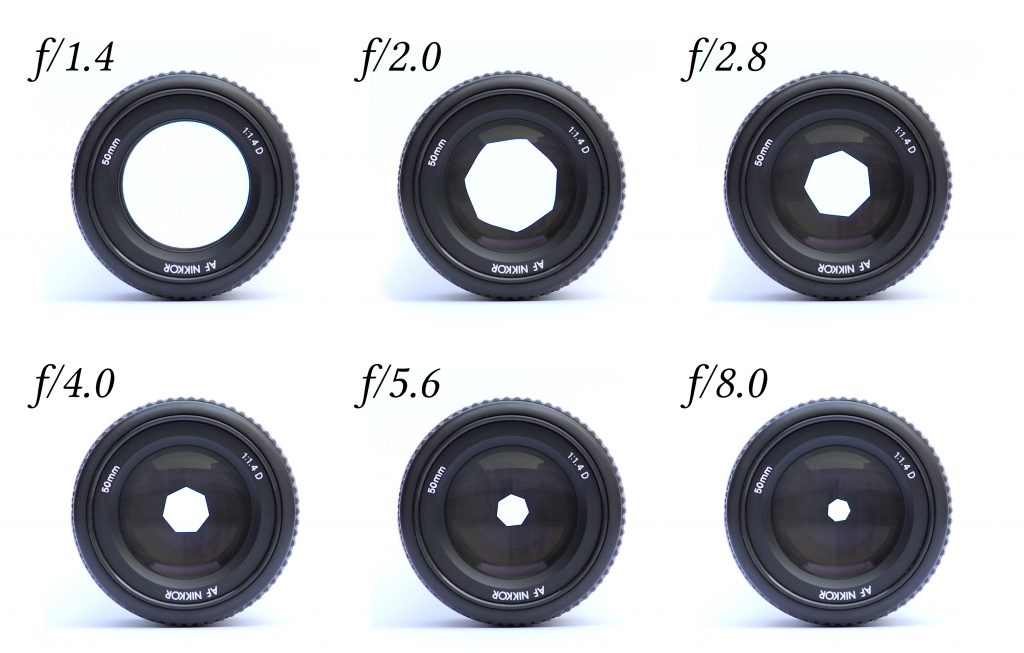What Camera Lens Should I Use?

Once upon a time back in September 2009, I bought my first dSLR. I didn’t have a friggin clue what a dSLR was. A couple of friends of mine and I decided we were going to take a photography class at a local technical school. Honestly, I hate to say it, but it was a pretty worthless class. The teacher threw a lot of information at us in a very short amount of time. And instead of encouraging us to learn to take better photos, we just took random photos and moved on with life. The only thing I learned from the class was there was something called a dSLR. Said dSLR was different than a point and shoot camera. Bam, now you learned what I learned and it was a lot cheaper.
That first class I came home and had to do some research on what a dSLR camera even was. Now, here we are a little over 10 years later and I’ve owned a Canon Rebel XS, (2) Nikon D5000, a Nikon D90, a Nikon D7100, a Nikon D610, and recently upgraded to a Nikon D850. To say I like Nikon cameras might be obvious. However I keep up-to-date on Canon’s as well so if someone is looking for suggestions on what to buy, I know both models. I’m not so good at Olympus or Sony although I did own a semi dSLR Olympus for underwater photography. I didn’t own it long enough to do anything with it though.
A Kit lens vs body alone
There is a lot of controversies when buying a new camera. Do you buy just the body and then buy a lens or do you buy a kit lens with the body? There are a few things to consider before you totally make up your mind. First, if you look at the lens itself, it has a lot of information that looks like jumbled letters and numbers. What do they all mean?
Nikkor 24-120mm f/4.0 VR Lens

Numbers… letters… information… What do I do with this? First off, let’s learn how to pronounce it correctly. This is a Nikkor 24-120 millimeter f 4 vibration reduction lens. Okay, now that we can sound official pronouncing it, let’s break it down further.
Nikkor
What is a Nikkor lens? A Nikkor lens is the Nikon brand of lens. It is the lens that Nikon produces to be used on their Nikon cameras. Can you swap a Canon Lens for a Nikon Lens? That’s kind of a loaded question. The answer is yes, but they won’t give you the quality of photo you will be looking for, so technically no. Now, there are brands that can be used on both types of cameras such as a Tamron or a Sigma lens. So what is a Tamron or Sigma lens? They are a less expensive lens. Those who want to save money on lenses tend to go this route, HOWEVER, there is a Tamron lens that isn’t cheaper. Quite the contrary. The Tamron 24-70 F/2.8 lens stands out for its unique features and excellent imagery. Canon’s tend to call their lens a Canon.
24-120 mm
This is your focal length. The smaller the number, the more information you can get in your picture. So, someone who wants to photograph scenery would use an 18mm, a 24mm, a 35mm focal length. The 120mm on our particular example would be how far you can zoom in. Kit lenses tend to come in an 18-55mm and a 70-300mm lens. Not all, this is just general. Someone who wants to zoom in is looking more for those larger numbers. The picture above is the lens I shoot with most frequently. I do not have a telephoto lens (other than above, the zoom lens I use) for my D610 or my D850.
The Nifty 50
This is a Prime lens. Oh no… more information. What is a Prime lens? A prime lens is a single focal length. In this case 50mm. The only way to zoom with a prime lens is to get on your feet and move. The lens that has multiple focal points is called a zoom lens. Because you can go from 24-120mm or you can go from 18-55mm. Zoom lens.
Some people only believe in Zoom lenses. Some people only believe in prime lenses. I have a zoom lens and a Nifty 50.
So what’s the hubbub about the Nifty 50? This is a very good portrait lens. In fact, it is known for taking outstanding portraits. What are portraits? Those family photos where you are all sitting pretty and smiling. Or those photos you see of Realtors posing, etc. Portraits. In this case, the portrait lens has nothing to do with the direction of the photo (portrait or landscape. ack!).
Please don’t run away yet!!
f/4.0
Here is where we get a little more technical. Don’t run away screaming yet, please! Whatever your f-stop is, that is how much of your background is in focus. The technical term for f-stop is Aperature. So, the lens above says f/4.0. What does that mean? That means you can go no lower than 4.0. Okay, so what? Right… still doesn’t explain anything. This particular setting is a little tricky to wrap your mind around. Once you get it, you’ve got it. Until then, it’s a little confusing. The smaller the number the wider open the aperture is, the more background fuzzy you get, the less foreground in focus. Oh crap, what?
Let’s do this again. When your number is small (1, 2, 3, etc), your lens is referred to as wide open. The higher the number (16, 17, 20) the more closed down your lens is considered. I told you, this particular setting is very confusing. Once you get it, you’ve got it though.
Let’s look at this in pictures…
Okay, so looking at the picture above, the wide-open versus closed down shows a little more. The amount of light coming in is more on the f/1.4 versus the f/8.0.
Now here’s where it gets really fun…
The background on the 1.4 aperture is going to be blurrier than the f/8. So to get the real pretty blurrier backgrounds, you want a more open f-stop. If you are shooting landscape, you want a smaller f-stop (also known as a bigger number). See, it can get confusing. Again, read through this more than once and it will make sense. Once you figure it out, it gets easier.
But wait, let’s throw another wrench into this information. In lower light settings, you want a more wide-open f-stop. Why? Because it allows in more light. So in a dark church, you’re better off closer to that f/1.4 than you are to that f/8 in this particular picture.
F/3.5-5.6
But wait, my f-stop looks like this, 3.5-5.6. What does that mean? You will only see this on a zoom lens. So when you are zoomed out, in this example we’ll use an 18-70 example. When at 18mm you will be able to get your f-stop down to a 3.5. As you zoom in, closer to that 70, your lowest f-stop becomes higher. So, at 70mm you can only achieve an f/5.6. And remember, the bigger your number, the more closed your f-stop is, the more in focus your background will be. Oh gosh, is your head spinning yet?
So the lens above that I took a picture of is a standard f/4.0. That means at 24mm or 120mm my lowest f-stop (also written f/stop) is 4.0.
So, Kit Lens or Just the body?
Honestly, it depends on who you ask. Point blank. There are some people who swear you need to just by the body and then buy the lens later. Then when it comes to the lens, there’s a big debate over prime lenses versus zoom lenses.
My honest opinion is, buy what works best for you. If money isn’t an option, then you can buy the body with a kit lens and multiple lenses. If you are just getting started, the kit lenses aren’t bad lenses, honestly. What makes a good picture is a camera, yes, but it’s the photographer. Learn your cameras inside and out, frontward and backward. Read the manual. They come with them for a reason. Lost the manual? I’m sure it’s online. Take a class whether it is online or at a school. Read everything you can. And by all means practice.
My current camera I bought just the body. I already had the lens I wanted. The lens I wanted is considered a kit lens. Typically your kit lenses don’t have as small of an aperture. Not always, but usually. My lens is considered a kit lens. There are times I get annoyed with it, I won’t lie. I want a smaller aperture, but I have that in my “Nifty 50.” The first Nifty 50 I bought was a f/1.8. When I decided I wanted a larger f/stop I saved and got an f/1.4. Now, do I use that lens very often, actually, no. It’s on my D610 and the lens I use more often is on the D850. It’s just the way it is.
But after this, you should at least know the numbers, the f/stops, the prime versus zoom lens, and how it all flows together. I know I threw a lot of information out there. Have any questions? Ask.


